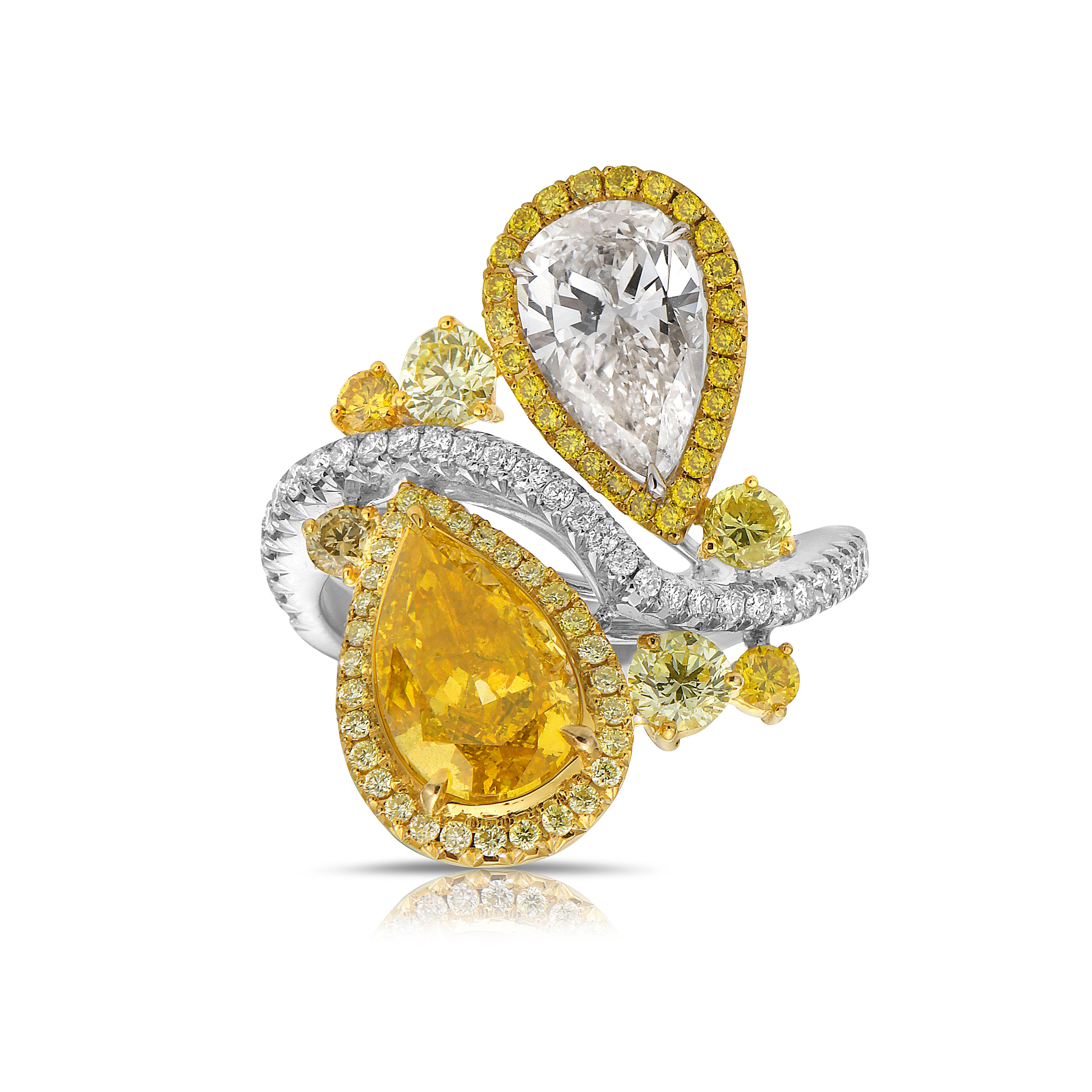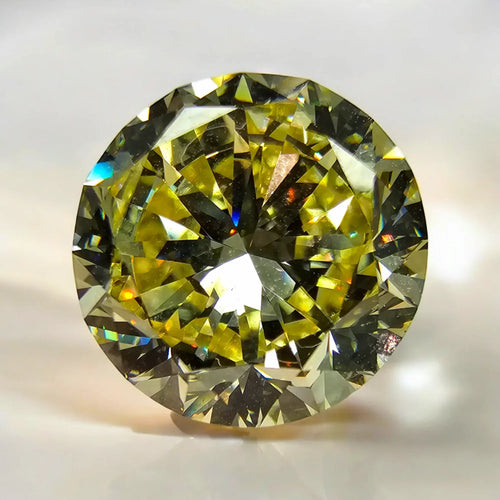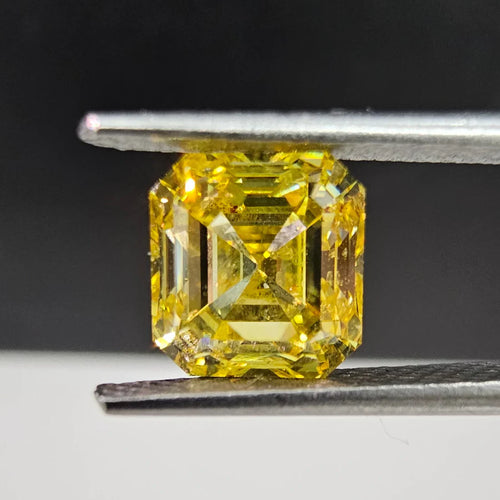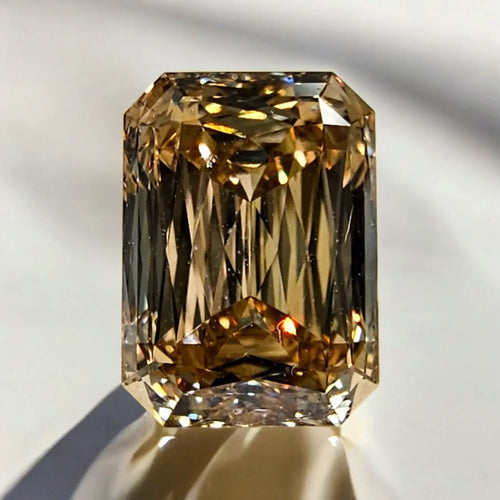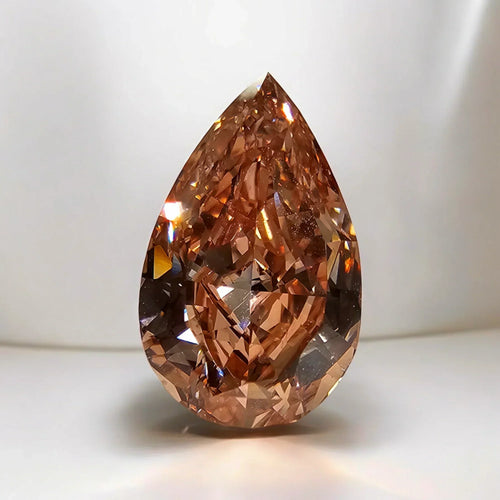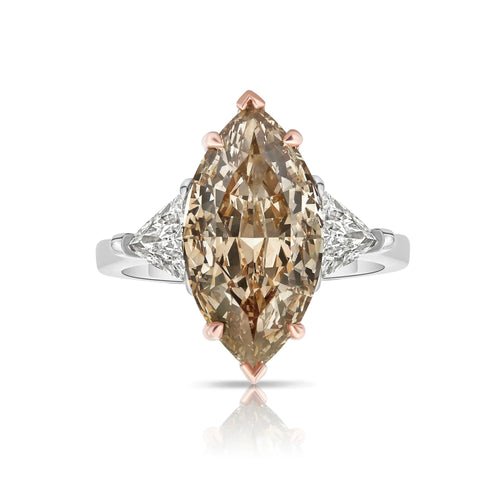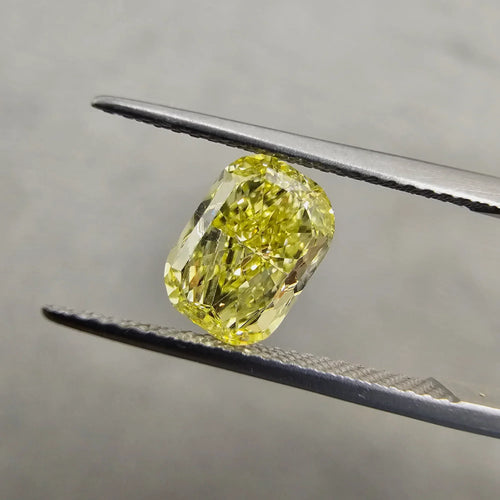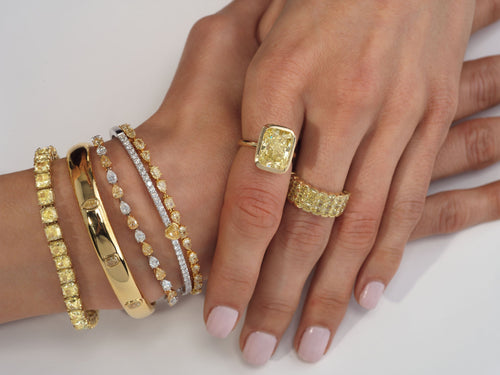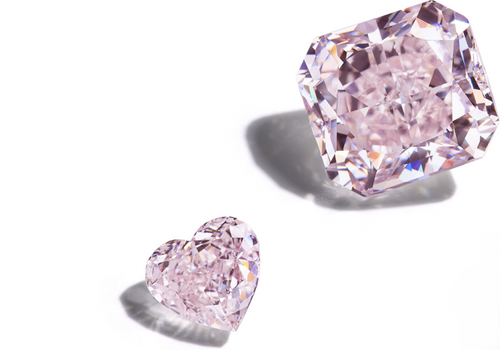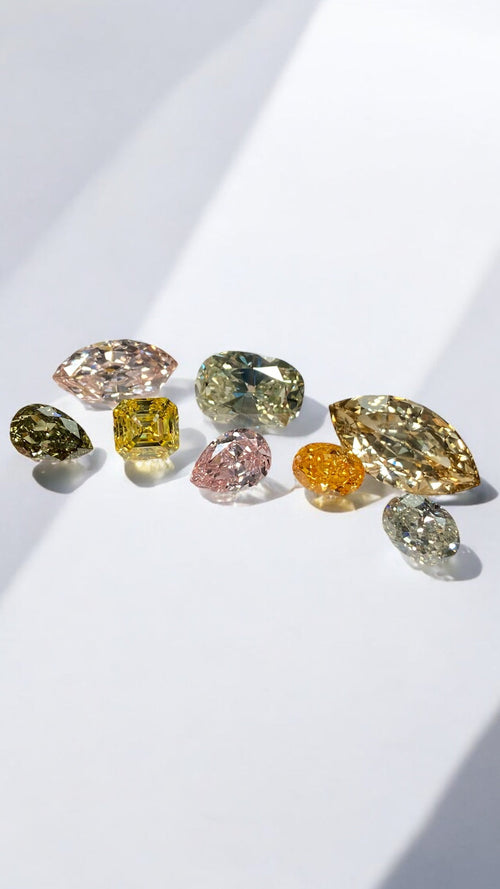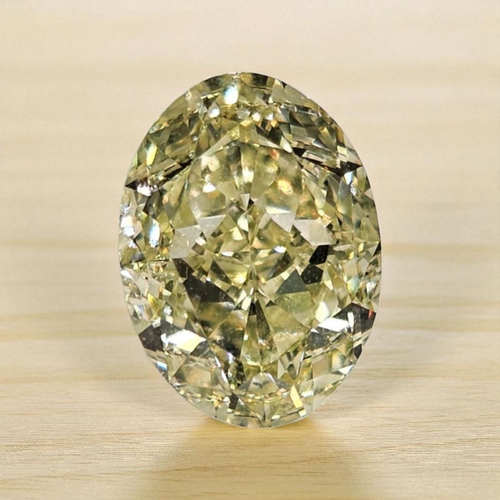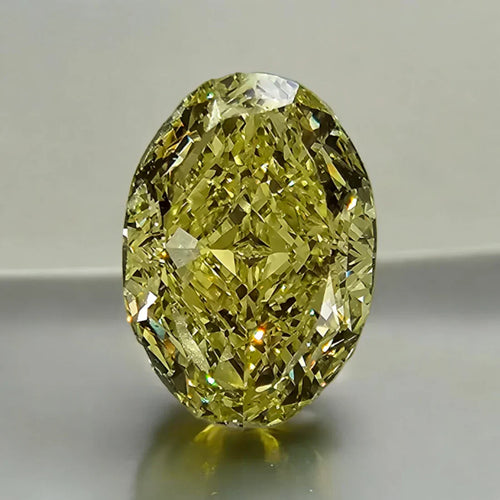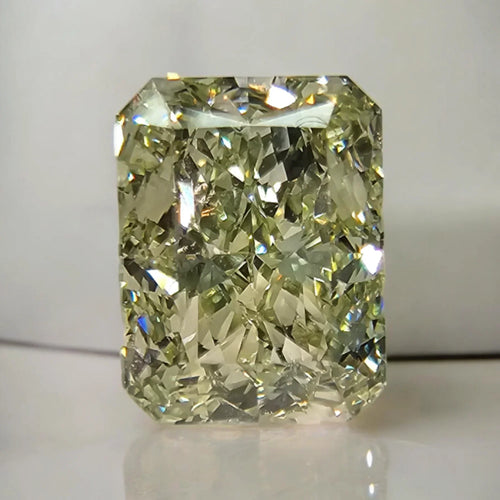Let's Design your Custom Ring. Call us at (212) 522 9918
Natural fancy orange diamonds represent less than 1% of the total diamond production worldwide. These diamonds are a rare and highly coveted subset of colored diamonds, known for their striking and vibrant orange hues. They are among the scarcest of all colored diamonds and can display a wide range of shades, with pure vivid orange grading being the most valuable. Learn all about the vast history here.
What are Orange Diamonds?
Natural orange diamonds are often called “pumpkin” or “fire” diamonds when their intensity is truly remarkable and vibrant. Orange diamonds cause of color is not a perfect science, The GIA understands that the compounding element of nitrogen causing impurities in the diamonds lattice structure has a huge impact on the diamonds color. Yet this is what also causes yellow diamonds cause of color, so if the same is cause for yellow how did the earth create orange? The difference is the nitrogen absorption is found at a more uncommon wave length that still baffles GIA minds today (You’ll read about an orange heart later on). As well as the blue and yellow light absorption in the diamond presenting as that fiery orange color. Pure orange is very rare and hard to come by many of the times you will have secondary hues of pink, purple, yellow, and red.
About the heart mentioned above, in 2013 the article published by the GIA “Orange Diamond with Unusual Color Origin” by Wuyi Wang and Ran Lu. Reported a mystery when the 1.53 carat diamond was graded by the lab as Fancy Intense Pinkish Orange. Now you may be thinking pinkish orange.. what’s the big deal it is a more common color combination than pure orange. The mystery is in the diamonds color when the spectroscopic analysis took place during grading. It showed the 1.53 carat diamond was a type IIa and dominated by an 550nm band absorption, which is the standard absorption level of a pink to red diamond. The typical absorption band for natural orange diamonds in the GIA are 480nm. So how was this diamond showing as predominately orange? The GIA states, “the reason for this discrepancy is not fully understood. Our finding from this stone demonstrates the complexity of diamond color origin.” Making Orange diamonds in our minds as well as many others an exciting and unique diamond to attain in any range of colors.

Are Orange Diamonds Valuable?
Their value increases like all fancy colors with the increasing level of intensity and purity of the diamond. Essentially the stronger the color and purity of the color, the more expensive the diamond. The Gemological Institute of America (GIA) estimates that the presence of pure, unmodified orange diamonds in existence makes up 0.05% of all-natural fancy color diamonds. The testament of how uncommon scarce natural orange diamonds are make them some of the most valuable diamonds. A pure fancy intense or fancy vivid orange diamond is rarer than a fancy intense or fancy vivid pink by miles. Just think of how many pinks we have seen in auctions house at least 1-2 per year, oranges hit the auction market every few years.
Why are Orange Diamonds so Rare?
According to The Gemological Institute of America (GIA) estimates that the presence of pure, unmodified orange diamonds in existence makes up 0.05% of all-natural fancy color diamonds. It is more common to find orange with a multitude of secondary hues but that makes them relatively economical diamonds, also not the most desired combination. Not only do orange diamonds make up a small subset of fancy color diamonds but orange diamonds rarely ever exceed 3 to 4 carats in size after being polished from rough. Even in our 20+ years specializing in color diamonds over 1 carat in size have seen no more than 10 pure orange diamonds. More frequently we have come across and sold under 1 carat in size of a pure orange diamond.
If that testament doesn’t break it down for how rare pure orange diamonds let's dive into the biggest orange diamonds in history.
GIA Gradings of Orange Diamonds
The Gemological Institute of America (GIA) assesses orange diamonds by evaluating the fundamental 4Cs, considering a range of factors that collectively establish the diamond's overall quality and worth. Of utmost significance is the evaluation of the diamond's color.
Color Intensities: The color of an orange diamond is one of the most critical factors in its grading. Orange diamonds come in various shades, ranging from faint orange to vivid orange, with levels of color ranging from faint orange, very light orange, light orange, fancy light orange, fancy orange, fancy intense orange, and fancy vivid orange. The GIA uses a master set of comparison diamonds to assess the color and assigns a grade accordingly.
Hue: Hue speaks to the specific shade of orange in the diamond, and it can vary from reddish-orange, yellowish-orange, pinkish-orange or brownish-orange. On your GIA Certificate the color that comes last is the strongest present color. Also important to note it is also common to see yellow-orange for example, meaning there is a stronger presence of purple in the diamond than the GIA grading of yellowish. The most common secondary colors of orange diamonds we see are brownish and yellowish by far.
Origin: Orange diamonds are mined in one of two places: South Africa or The Argyle Mine in Australia. Which no The Argyle Mine has been shut down since 2020, no longer suppling to the market stunning pinks, reds, violets, blues, and orange diamonds.

